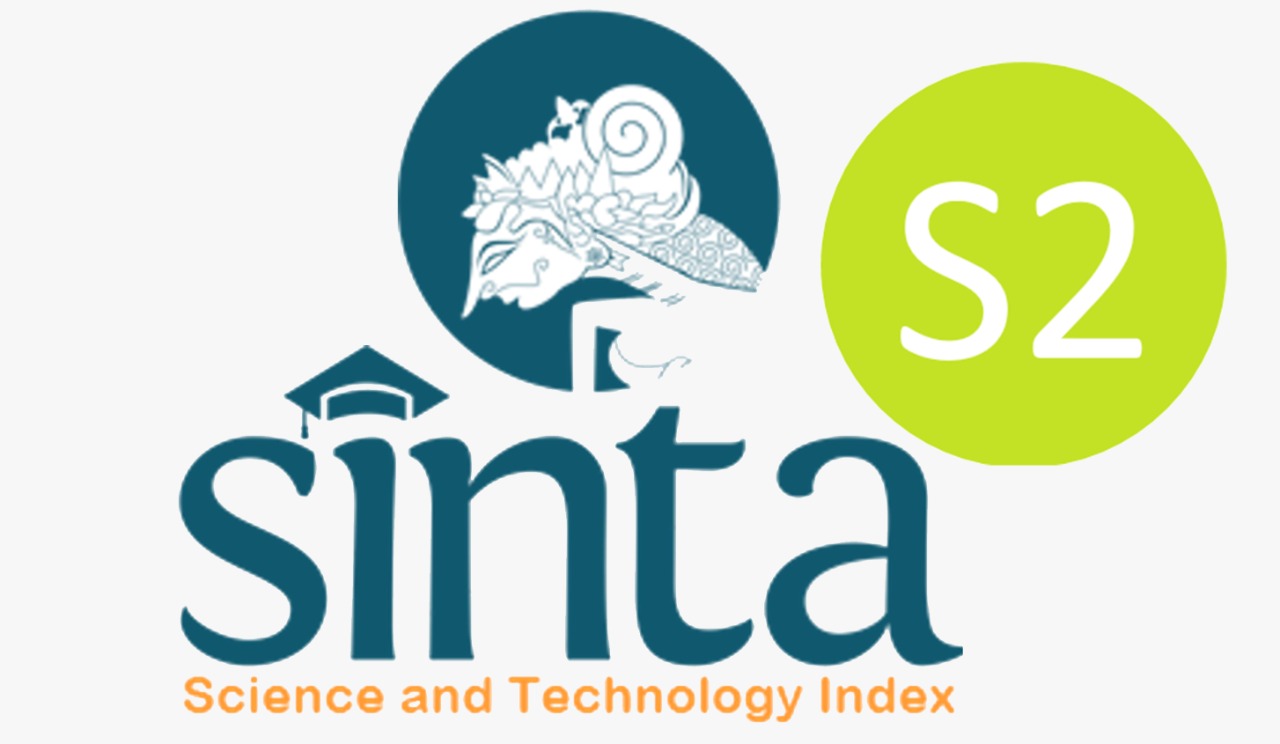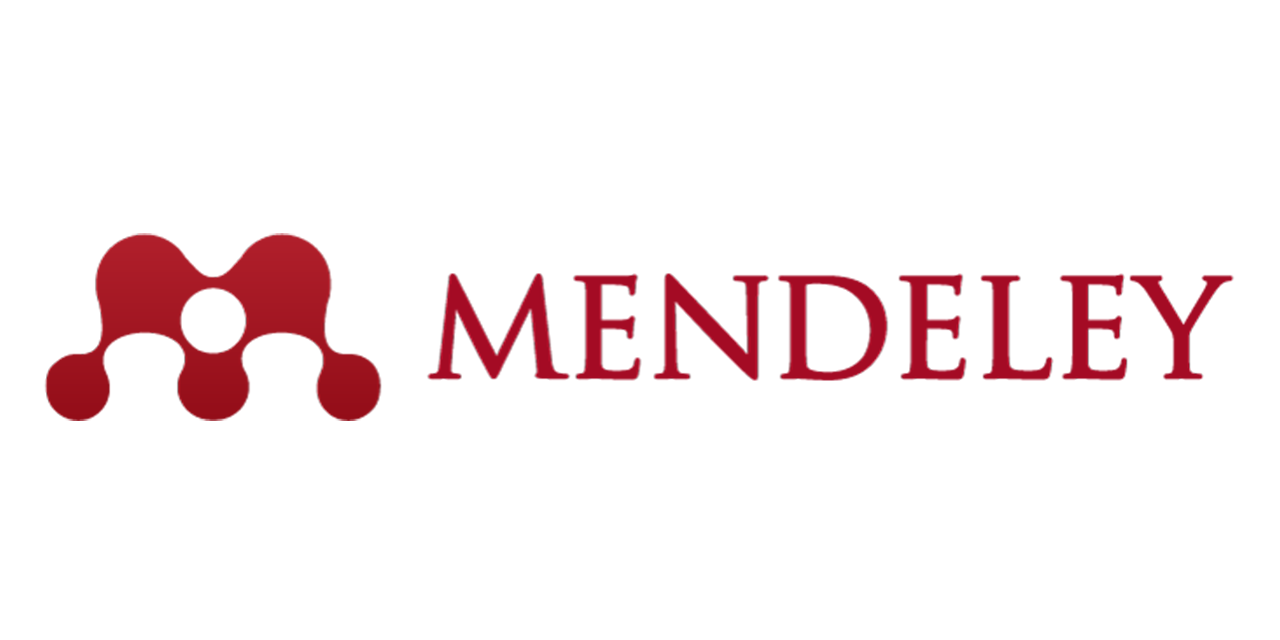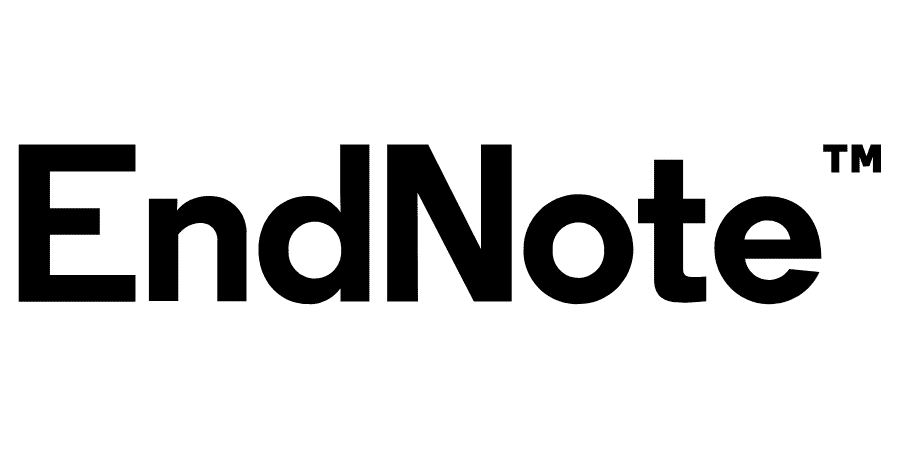PERFORMANCE OF MSCI ISLAMIC INDICES: A COMPARATIVE STUDY OF MALAYSIA AND GULF COUNTRIES
Downloads
Introduction: The Islamic finance industry has attracted increasing research interest, particularly in Islamic equity markets, in both academia and the corporate world during the past few decades. However, COVID-19 has caused a downturn in the Islamic stock markets. This study empirically explores and compares the performance of the MSCI Indices of Malaysia and each of the other MSCI Islamic indices in Gulf Cooperation Council (GCC) countries.
Methods: To address the research questions, time series techniques, namely, the unit root test, cointegration, long-Run Structural Model (LRSM), Vector Error Correction Model (VECM), variance decomposition, impulse response, and persistence profile techniques, were used as the main method by utilizing monthly data from August 15, 2011, to November 15, 2020.
Results: The results show that cointegration exists between the Malaysian Islamic indices and the six Islamic indices of GCC countries, which indicates that diversification benefits are limited in the long run because the indices move together. Additional results show a significant causality among the indices in both the short-run and long-run. (as shown in the LRSM and VECM tests).
Conclusion and suggestion: The findings may have significant implications for portfolio diversification of Islamic indices among investors interested in Shariah-compliant securities in Malaysia and GCC countries, particularly in the COVID-19 era. Further research can be conducted for an in-depth analysis to examine the performance of these indices in terms of risk and return after the COVID-19 era using a more advanced technique.
Ahmed, S. (2020). Impact of COVID-19 on Performance of Pakistan Stock Exchange. SSRN Electronic Journal, July, 1–12. https://doi.org/10.20944/preprints202007.0083.v1
Aisjah, S., & Hadianto, A. E. (2013). Performance Based Islamic Performance Index (Study on the Bank Muamalat Indonesia and Bank Syariah Mandiri. Asia Pacific Management and Business Application, 2(2), 98–110. https://doi.org/10.21776/ub.apmba.2013.002.02.2
Ata, H. A., & Fatih Buğan, M. (2015). Comparison of the Performances Islamic and Conventional Market Indices and their Causal Relationship. International Journal of Business Management and Economic Research, 6(6), 455–462. www.ijbmer.com
Dewandaru, G., Alaoui, A., Masih, A. M. M., & Alhabshi, S. O. (2013). Comovement and resiliency of Islamic equity market: Evidence from GCC Islamic equity index based on wavelet analysis. Munich Personal RePEc Archive, 56980, 1–23.
Erdogan Gedikli, Ayfer, Cevik, Emrah Ismail, S. (2020). The Effects of the Covid-19 Pandemic on Conventional and Islamic Stock Markets in Turkey. Bilimname, 42(2), 89–110. https://doi.org/10.28949/bilimname.799413
Gormsen, N. J., & Koijen, R. S. J. (2020). NBER WORKING PAPER SERIES CORONAVIRUS: IMPACT ON STOCK PRICES AND GROWTH EXPECTATIONS Coronavirus: Impact on Stock Prices and Growth Expectations. http://www.nber.org/papers/w27387
Habib, M., & Islam, K. ul. (2014). An Empirical Assessment of Islamic Index: A Case Study of India. International Journal of Research in Management & Technology, 4(3), 181–189.
Habib, M., & Ul Islam, K. (2014). Performance of Shariah Compliant Index: A Comparative Study of India and Malaysia. International Journal of Interdisciplinary and Multidisciplinary Studies, 1(6), 231–240. http://www.ijims.com
Islamic Economic Studies, 12(2), 68–97.
Hooi Lean, H., & Parsva, P. (2012). Performance of Islamic Indices in Malaysia FTSE Market: Empirical Evidence from CAPM. Journal of Applied Sciences, 12(12), 1274–1281. https://doi.org/10.3923/jas.2012.1274.1281
ICD. (2019). ICD Refinitiv: Islamic Finance Development Report-2019 "Shifting Dynamics.” Icd-Rfinitif, 1–68.
IFSB. (2019). Stability Report 2019. In The edge markets. https://www.theedgemarkets.com/article/malaysias-islamic-banking-industry- will-achieve-40-market-share-2020-says-aibim
Jabeen, M., Kausar, S., & Ihsan, H. (2018). A Comparison between Islamic and Conventional Stock Prices Performance: Evidence from Pakistan's Equity Market. Islamandlibertynetwork.Org, November, 14–15. http://islamandlibertynetwork.org/wp-content/uploads/2018/12/1002.pdf
Mallick, S., & Sen, A. (2021). Performance Evaluation of Stock Price Indices during COVID-19 Pandemic Situation.
Miniaoui, H. (2015). The Impact Of Financial Crisis On Islamic And Conventional Indices Of The GCC Countries. In The Journal of Applied Business Research (Vol. 31, Issue 2). www.bloomberg.com
Mohammad, A., & Assistant, B. (2016). Did Islamic Equities Outperform Conventional Equities In the Gulf Cooperation Council ( GCC ) Region During and After the Global Financial Crisis ? Research Journal of Finance and Accounting, 7(8), 200–210.
Personal, M., & Archive, R. (2020). Munich Personal RePEc Archive Exploring the relationship between the Malaysian islamic index and international islamic indices. 102809.
Pranata, N., & Nurzanah, N. (2015). Conventional and Islamic indices in Indonesia: A Comparison on Performance, Volatility, and the Determinants. Indonesian Capital Market Review, 7(2), 113–127. https://doi.org/10.21002/icmr.v7i2.5004
Pratama, Y. C., & Azzis, A. (2018). Macroeconomic Variables, International Islamic Indices, and The Return Volatility in Jakarta Islamic Index. Al- Iqtishad: Jurnal Ilmu Ekonomi Syariah, 10(1). https://doi.org/10.15408/aiq.v10i1.5550
Purbowisanti, R. (2018). the Relationship Between Exchange Rates and Islamic Indices in Indonesia and Malaysia. An-Nisbah: Jurnal Ekonomi Syariah, 4(2), 30–52. https://doi.org/10.21274/an.2018.4.2.30-52
Rana, M. E., & Akhter, W. (2015). Performance of Islamic and conventional stock indices: empirical evidence from an emerging economy. Financial Innovation, 1(1). https://doi.org/10.1186/s40854-015-0016-3
Rithuan, H., Meor, A., Monir, A., Masih, A., Mansur, M., Hanis, S., Rithuan, M., Abdullah, A. M., Mansur, A., & Masih, M. (2014). The Impact of Crude Oil Price on Islamic Stock Indices of Gulf Cooperation Council (GCC) Countries: A Comparative Analysis. 56989.
Rizvi, S. A. R., & Arshad, S. (2012). Are Islamic Equity Indices a Safer Haven in Times of Crisis? an Empirical Proof Via Investigation of Global Indices Using Multivariate Garch Dcc. November 2014. https://doi.org/10.13140/2.1.2435.8087
Saiti, B., & Masih, M. (2016). The co-movement of selective conventional and islamic stock indices: Is there any impact on Shariah compliant equity investment in China? International Journal of Economics and Financial Issues, 6(4), 1895–1905.
Sakarya, Åž., Zeren, F., & Akkuş, H. (2018). The relationship between Islamic indices and commodity markets in Turkey: Evidence Fourier-based approaches. Ekonomski Horizonti, 20(3), 243–256. https://doi.org/10.5937/ekonhor1803243s
Sakti, M. R. P., Masih, M., Saiti, B., & Tareq, M. A. (2018). Unveiling the diversification benefits of Islamic equities and commodities: Evidence from multivariate-GARCH and continuous wavelet analysis. Managerial Finance, 44(6), 830–850. https://doi.org/10.1108/MF-08-2017-0278
Shikh, M. (2012). www.econstor.eu.
Srairi, S., & Kouki, I. (2012). Efficiency and Stock Market Performance of Islamic Banks in GCC Countries. ISRA International Journal of Islamic Finance, 4(2), 89–116. https://doi.org/10.12816/0002749
Takyi, P. O., & Bentum-Ennin, I. (2020). The impact of COVID-19 on stock market performance in Africa: A Bayesian structural time series approach. Journal of Economics and Business, 115. https://doi.org/10.1016/j.jeconbus.2020.105968
Trabelsi, N. (2019). Dynamic and frequency connectedness across Islamic stock indexes, bonds, crude oil and gold. International Journal of Islamic and Middle Eastern Finance and Management, 12(3), 306–321. https://doi.org/10.1108/IMEFM-02-2018-0043
Tükenmez, N. M., Åžaka, H., & Kizgin, M. (2019). Ä°slami ve Geleneksel
Endeks Performanslarının Karşılaştırılması Üzerine Bir Araştırma. Muhasebe ve Finansman Dergisi, 415–430. https://doi.org/10.25095/mufad.607189
Ulussever, T., & Demirer, R. (2017). Investor herds and oil prices evidence in the Gulf Cooperation Council (GCC) equity markets. Central Bank Review, 17(3), 77–89. https://doi.org/10.1016/j.cbrev.2017.08.001
Verma, A., & Joseph T, T. (2019). The Causal Relationship between the Stock Indices of Western Bloc Countries: A Case on Belgium and France. Ushus - Journal of Business Management, 18(3), 25–38. https://doi.org/10.12725/ujbm.48.3
Copyright (c) 2023 Cherno Jallow

This work is licensed under a Creative Commons Attribution-ShareAlike 4.0 International License.
Authors who publish with Jurnal Ekonomi dan Bisnis Airlangga agree to the following terms:The journal allows the author to hold the copyright of the article without restrictions.
The journal allows the author(s) to retain publishing rights without restrictions
The legal formal aspect of journal publication accessibility refers to Creative Commons Attribution Share-Alike (CC BY-SA).
Jurnal Ekonomi dan Bisnis Airlangga (JEBA) is licensed under a Creative Commons Attribution-ShareAlike 4.0 International License

















